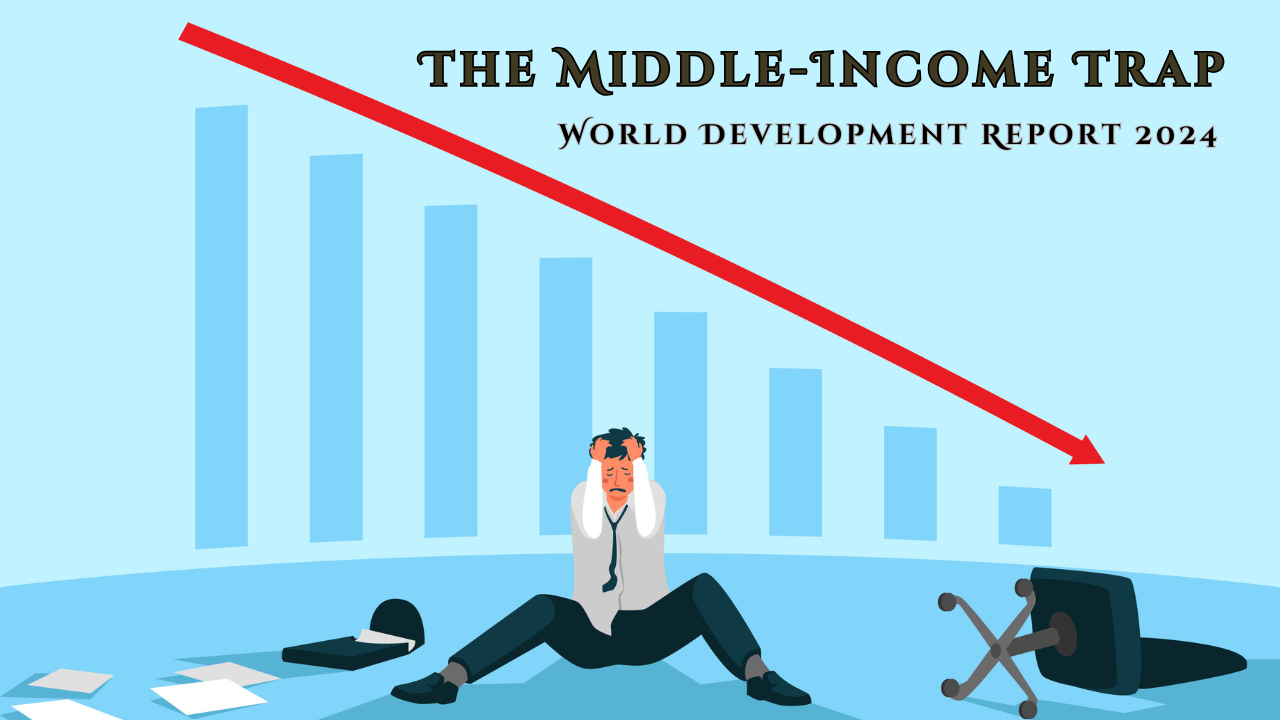Risks and Challenges for India
Context:
The Finance Ministry’s latest review of the Indian economy showed optimism that India could achieve the Economic Survey’s projected growth rate of 6.5-7% for FY25.

More on News:
- However, just weeks later, global developments, particularly rising oil prices, threaten to derail this forecast.
- Brent crude oil prices are hovering around $80 per barrel, marking a 16% increase from their recent low.
Reasons of Spike in Oil Prices:
Since mid-2022, prices have mostly stayed below $100, supported by two key factors:
- Price Cap: The NATO and EU-imposed $60 price cap on Russian oil.
- Doctrine of Managed Escalation: It allowed NATO to equip Ukraine without direct conflict with Russia. This approach helped contain the war’s economic fallout.
- A similar strategy of “managed escalation” has been applied in the Middle East, particularly in the conflict between Israel and Iran-backed groups like Hezbollah and Hamas.
Concerns:
- There’s growing concern that this delicate balance could be upset, especially with recent Israeli successes against Hezbollah.
- Prime Minister Benjamin Netanyahu appears set on reshaping the Middle East, potentially escalating the conflict into a prolonged campaign.
- The situation could become even more volatile if Donald Trump wins the upcoming U.S. presidential election, given his hawkish stance on Iran and the likelihood of increased military action.
- Trump’s potential victory poses other risks for the global economy as well. His proposed tariffs, especially a 60% levy on Chinese imports, could disrupt global trade and spark economic turbulence.
Specific Challenges to India:
Beyond these global risks, India faces two specific challenges:
- Foreign Direct Investment (FDI): It has seen a sharp decline, with net FDI falling by over $28 billion in 2023-24 compared to 2021-22.
- While the government attributes this to higher repatriation of profits, gross FDI inflows have also dropped, raising concerns about India’s attractiveness as an investment destination, especially as it positions itself as an alternative to China.
- Foreign Institutional Investment (FII): This flows into India have also slowed significantly, from $20.5 billion in the first quarter of FY24 to just $6.3 billion in FY25.
- Analysts cite overvaluation of Indian stocks and a shift toward Chinese markets as key reasons.
The combination of reduced capital inflows and rising oil prices could undermine India’s growth prospects. While the country’s external position is strong enough to handle some disruptions, sustained geopolitical risks, protectionism, and global financial instability could pose significant threats to India’s economic stability and growth projections.
Subscribe to our Youtube Channel for more Valuable Content – TheStudyias
Download the App to Subscribe to our Courses – Thestudyias
The Source’s Authority and Ownership of the Article is Claimed By THE STUDY IAS BY MANIKANT SINGH




